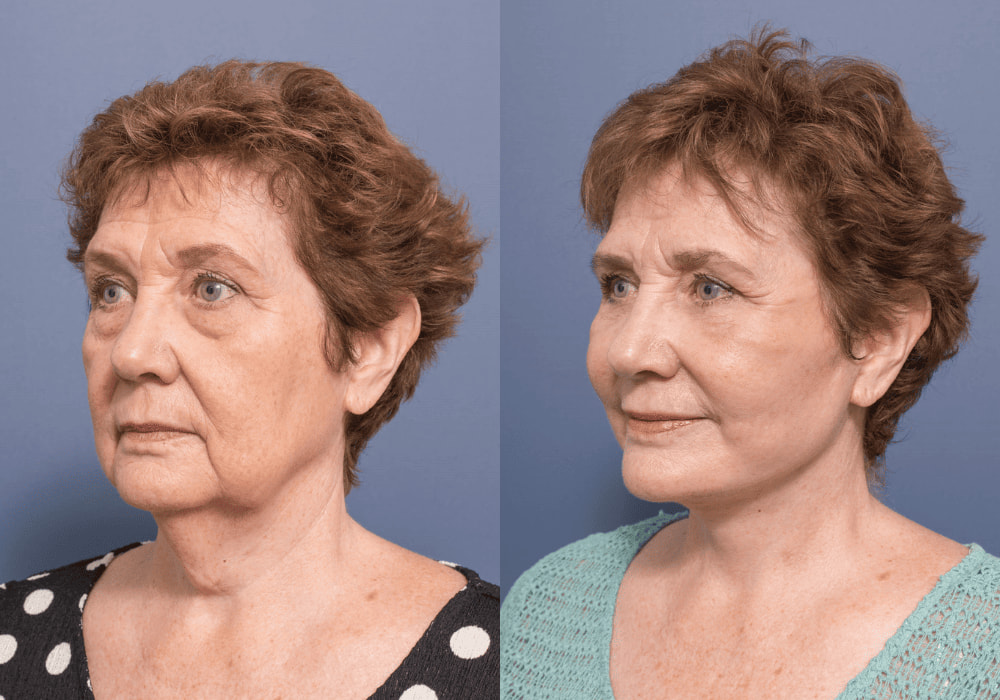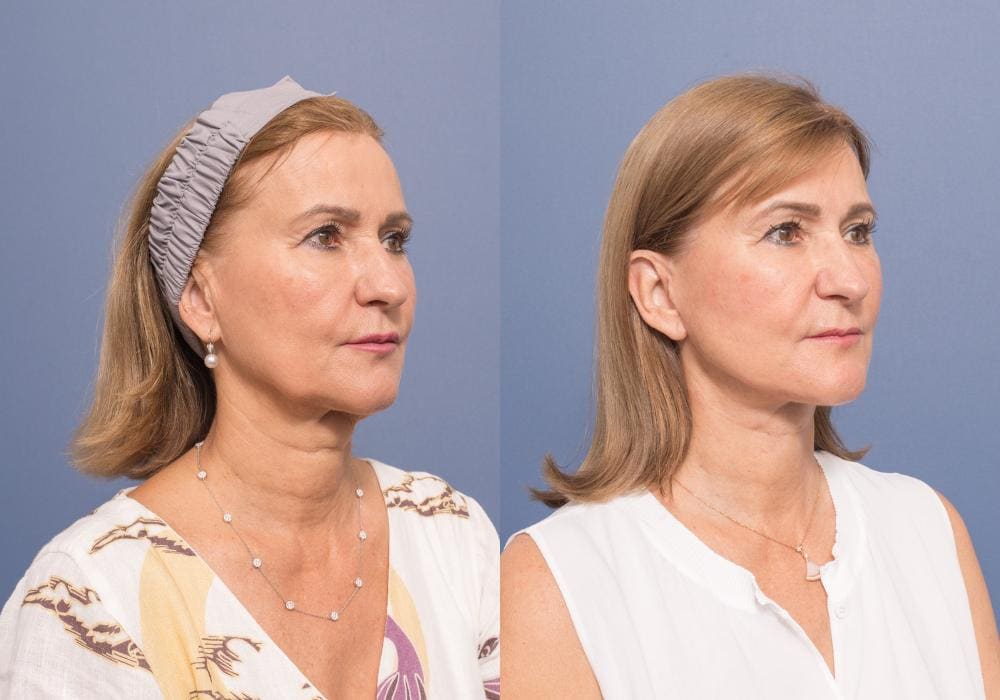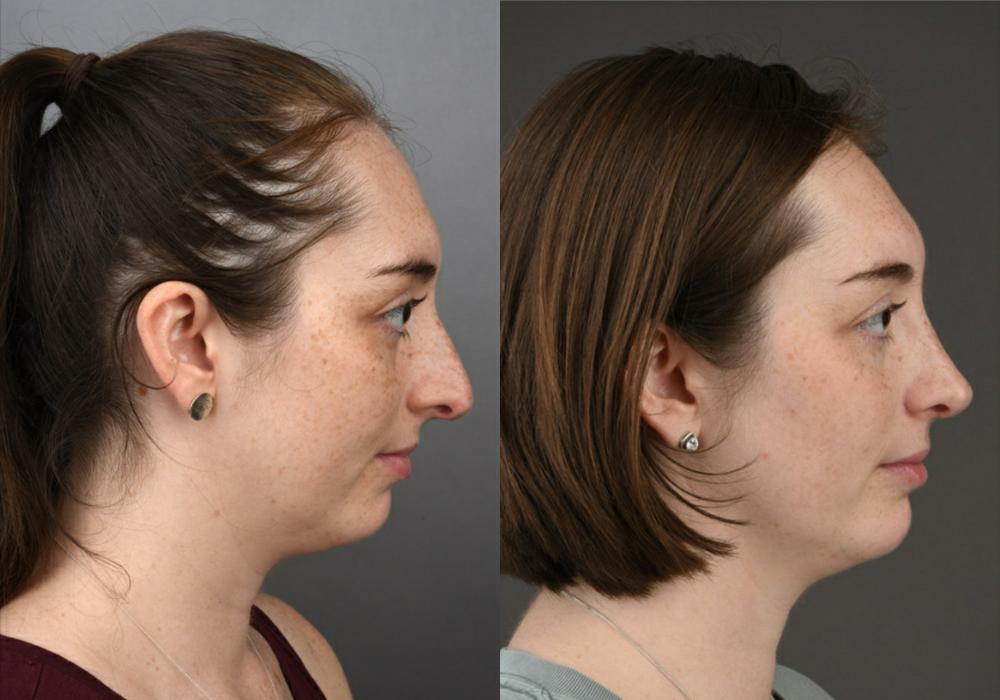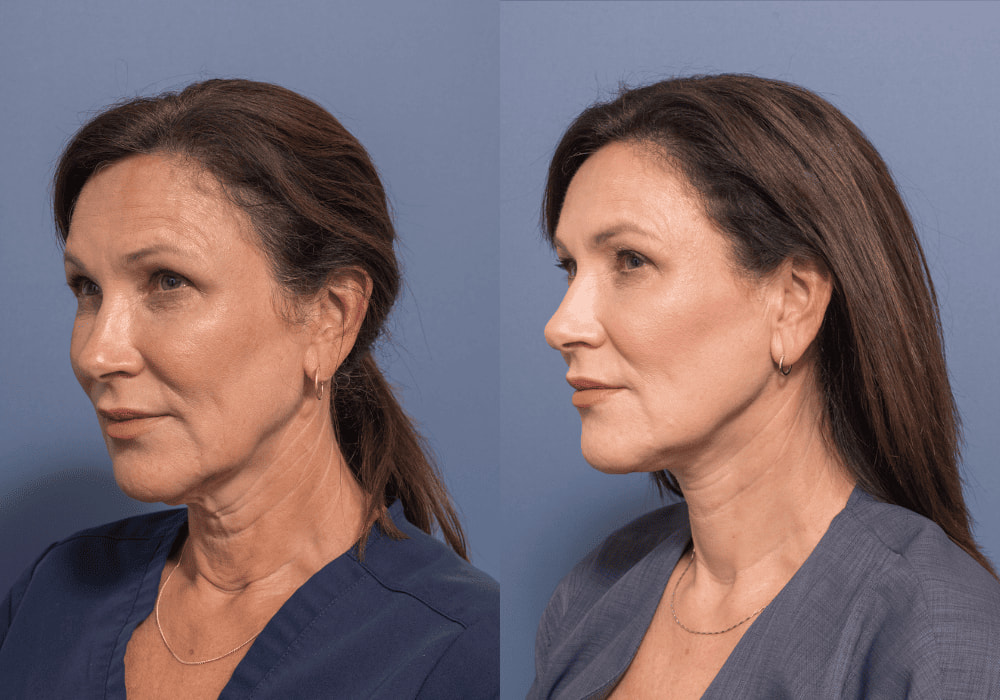
Otoplasty is performed to improve the position and appearance of ears.
Otoplasty Ear Surgery To Improve The Position and Appearance Of Your Ears
What is Otoplasty Ear Surgery?
Otoplasty involves re-shaping the cartilage, particularly the anti-helical fold through incisions that are hidden behind the ear. Dr. Honeybrook also sets the ear back closer the skull to reduce the prominence of the ears. Otoplasty is especially common for improving self-esteem and confidence among children and adults with overly prominent ears.
What are the Benefits of Otoplasty Ear Surgery?
- Correction of protruding ears
- Improved appearance of the ears
- Correction of asymmetry
- Increased self-esteem and confidence, especially for children and teenagers who often get teased about their ears
- Long-lasting, permanent results
- Low-risk surgery
- The procedure involves hidden incisions that are made behind the ear, resulting in minimal to no visible scarring
- Improved ability to wear certain hairstyles and clothing styles with greater confidence
How is a Otoplasty Performed?
During an otoplasty procedure, the individual is placed under general anaesthesia. The surgery itself typically takes between 1-2 hours to complete. Dr. Honeybrook will create an incision behind the ear, depending on the technique being used. The cartilage of the ear will be reshaped and/or repositioned to achieve the desired outcome.
If the individual has protruding ears, special sutures will be used to recreate the antithetical fold. Further sutures will also be used to reduce the distance between the ear and the skull which reduces prominence of the ears.
The individual’s head will then be wrapped in a protective bandage to promote healing and minimise swelling. The bandage will be removed the day after surgery and a headband will then need to be worn for several weeks.
How Old Does a Child Have to be to Undergo Otoplasty?
Many otoplasty individuals are children and teenagers, because this is the age range in which individuals often get teased because of their prominent ears. Ear pinning and other otoplasty procedures can greatly help these individuals by making the ears much less noticeable. We recommend that the child is at least 5-6 years old before considering otoplasty surgery.
Recovery and Results After Otoplasty Ear Surgery?
Following an otoplasty or ear pinning procedure, it is important to rest and avoid engaging in strenuous activities for up to two weeks. The ears will be bandaged for the first day and then a headband will need to be used for the first few weeks after surgery, particularly at night. Mild and temporary side effects such as itching, swelling, discomfort, numbness, and tenderness in the treated area are common.
For children who undergo otoplasty, it is important for parents to ensure that their child does not touch or scratch the treated area.
Final results from otoplasty are permanent and visible within two weeks, with the ears continuing to refine over a period of up to 12 months as residual swelling subsides.
Note: Any surgical or invasive procedure carries risk. These risks will be discussed with you in detail during the consultation. For further information on risks please refer to the patient resources section of the website.





